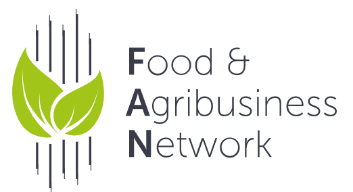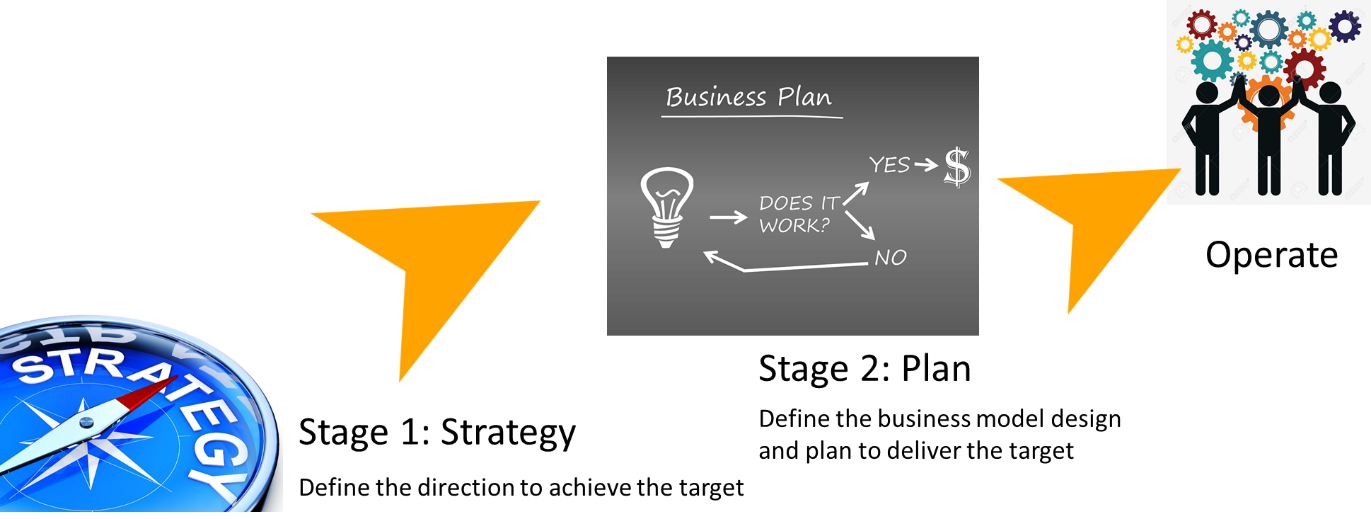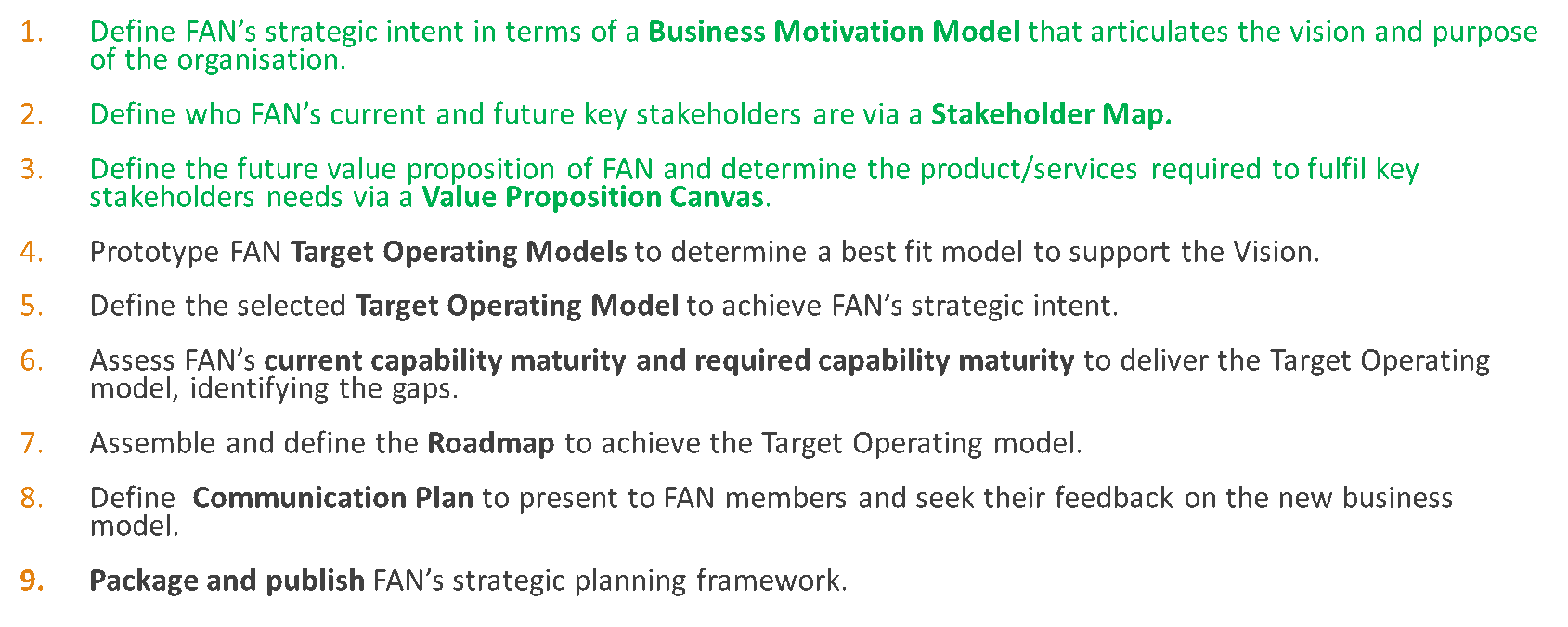I’ve now been practising enterprise architecture for over 20 years. I am tired and weary of the ‘doubters’ throwing in my face that this won’t work for us, we are different, or we are too small for ‘that thing’ to work here.
Well let me tell you, based on my firsthand experience, I have found that enterprise architecture, done right, is highly scalable and incredibly effective in helping organisations to re-design and transform to achieve their objectives.
Allow me to share with you a case study of a client of mine who I spent 2020 with, through COVID no less, to deliver their strategic plan and new business model. The Food and Agribusiness Network (FAN) is a tiny not for profit organisation on the Sunshine Coast in Queensland, whose purpose is to collectively drive the success of its 300 plus members by supporting a growing and resilient industry.

We were engaged to help FAN write a new strategic plan and define a business model that would allow them to achieve that plan. Every successful business needs to define their purpose to achieve an end state vision. On this point, why would a tiny organisation be any different to a large one? They aren’t.
I can tell you that helping a tiny organisation was infinitely more rewarding that trying to herd sheep in large complex organisations whilst assembling the strategic plan. The big difference between a tiny and large organisation is commitment to working with us, the consulting team of two, to get the plan right and not just be words on a document that no one looks at after it is endorsed by the Board.
The project was broken into two stages. Stage 1 defined the Strategic Plan and Value Proposition, with Stage 2 defining the operating model to deliver the Strategic Plan and Service Model so that FAN’s members continue to derive value from their membership.

This is the approach we took to deliver Stage 1 and Stage 2. If you are a currently practising enterprise or business architect, I know you will be familiar with the models and should be using them in your practice today. If you aren’t familiar with these models and want to know how to build them in to your practice, reach out to me and I’d be happy to help you learn.

What was it that helped make this project successful, other than the two very talented consultants on the job? Let’s look at what I felt worked in our favour.
1. Commitment from the Board. But more importantly from the team of four staff who prioritised this work as the most important to complete. Customer service did not suffer, and the team were not only encouraged by their CEO, but also supported to de-prioritise less important work so that they could focus on getting this done.
2. Stakeholder management is a must. I say this to all my clients and students. If you don’t manage stakeholders right from the start, you will struggle at every stage.

3. The Board were engaged first to define the Vision and Purpose. Persona profiles were developed for each stakeholder group so that we all got to know them better. A survey was also sent out to members to validate their profiles.Coach and deliver. I find that when people know why they are completing an activity, they throw everything into it to give you a great result. It is folly to assume that your clients wouldn’t understand what a Business Motivation Model was or how to build it. Value Proposition and Business Model Canvases are not complicated to complete once you explain the ‘why’. The CEO gave me some great feedback on our approach. She said…’This hasn’t felt like a process we were dragged through. This felt like we have built the organisation together, brick by brick”. Howzat! I live to be a part of and hear stuff like this. So, make sure you spend time to help your clients learn how to use the models. This is NOT a template filling exercise.
4. The customer owns the outcome! I have delivered MANY end-of-project presentations in front of clients from CEOs to Boards to Senior Management. I call them War Rooms, the ‘come-to-Jesus’ conversation, ‘here is where the rubber hits the road, mate!’ I LOVE these presentations because it’s where I am the superstar who reveals all, and am able to demonstrate how clever I am!
Thankfully I realised a long time ago, that if you want the customers and the Board to buy the outcomes of the strategic plan and the new business model, your client has to deliver the final presentation and be that superstar! It’s incredible the confidence it instils in the audience. Feedback from the Board was unanimous in their belief in the plan and new model, as the team presented with confidence. They were able to demonstrate their hard work, the time spent on discussing, analysing, talking to stakeholders – their experience and storytelling was firsthand, not conveyed through the mouths of some consultants.
5.Budget doesn’t matter. Yes, I know we all have to pay bills, but never compromise the quality of your work because of the budget you have allocated. A Not-for-Profit (NFPs) certainly doesn’t have the big dollars to pay for consultancies like KPMG or Deloitte’s to come along and help them write their strategic plan. I’d like to suggest that every Enterprise Architect offer their services to NFPs as you will find them very committed to the outcome and you get to practice with willing customers. I found I was able to put all my enterprise and business architecture skills to good use, and apply the theory in a way that allowed me to simplify and strengthen my skills, processes and toolkit while delivering a great experience and outcome.
I found this work immensely soul-satisfying and rewarding; that I could give back my years of practice and knowledge to help very small farmers and producers put food on the table and pay their bills. I am soon to take on work for another tiny NFP with little to no budget. They build and deliver cardiac machines to hospitals in Africa. If you are keen to work with me on a very rewarding project, with no pay, do drop me an email and I will let you know when we are ready to start.
Don’t forget, we also want to know the subjects that are causing you professional pain. Please email your questions to [email protected], and we’ll select one for a future advice column. The EA Practice Advisor team is here to help!








